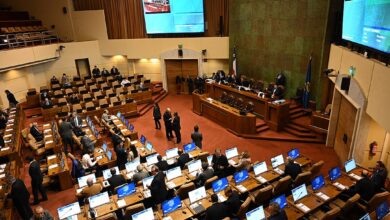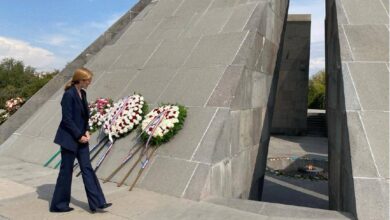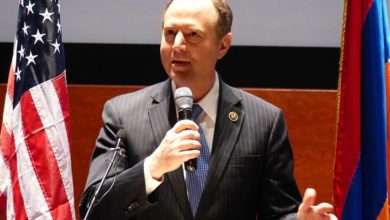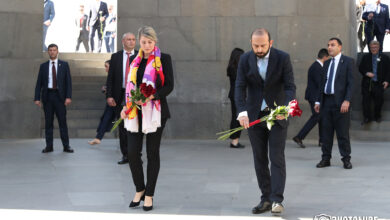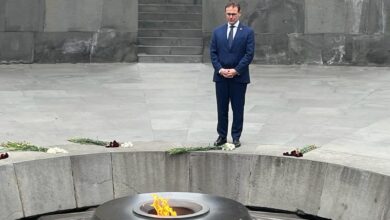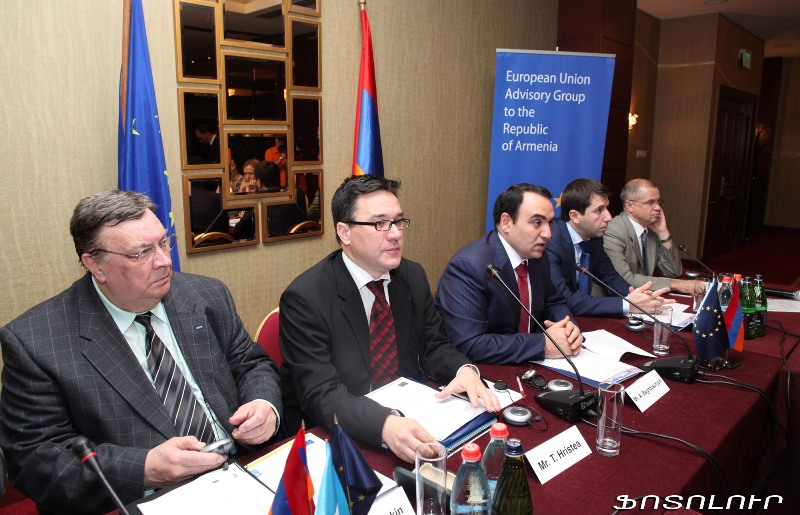
On 09 July 2013, the EU Advisory Group supported an event presenting the Human Rights Interagency Commission on implementation of the provisions of the Human Rights Strategy and Action Plan. The presentation was opened by Arthur Baghdasaryan, Secretary of National Security Service, Ambassador Traian Hristea, Head of the EU Delegation to Armenia, Karen Andreasyan, Human Rights Defender and Oleksandr Pavlyuk, Representative of Secretary General of Council of Europe in Armenia.
The Commission was established by a Decree of the President of Armenia in February 2013 and is aimed at improving the human rights situation in Armenia. The main objectives of the Commission are to establish effective state mechanisms for human rights protection and ensure favorable conditions for their implementation, to ensure assistance to the state agencies and civil society on human rights protection issues and to coordinate the actions of all institutions involved.
According to the National Strategy of Human Rights Protection, in order to control the implementation of the Action Plan on Human Rights, the Commission should carry out regular monitoring of the activities and compare the results with those of the monitoring conducted by the Human Rights Defender Office. As a result the proposals will be presented and taken into account on a priority basis during the revision and correction of the Action Plan. This stems from the fact that the forthcoming Action Plan is a ‘living instrument,’ which should be reviewed on an annual basis to adjust its indicators, targets, financial resources to the emerging needs and human rights problems of the country, as well as to incorporate the recommendations of international monitoring bodies.
The event presented the vision for the work of the commission, while the EU Advisory Group provided information on the objectives of human rights monitoring. The presentation was attended by representatives of state agencies, international organizations and civil society.



